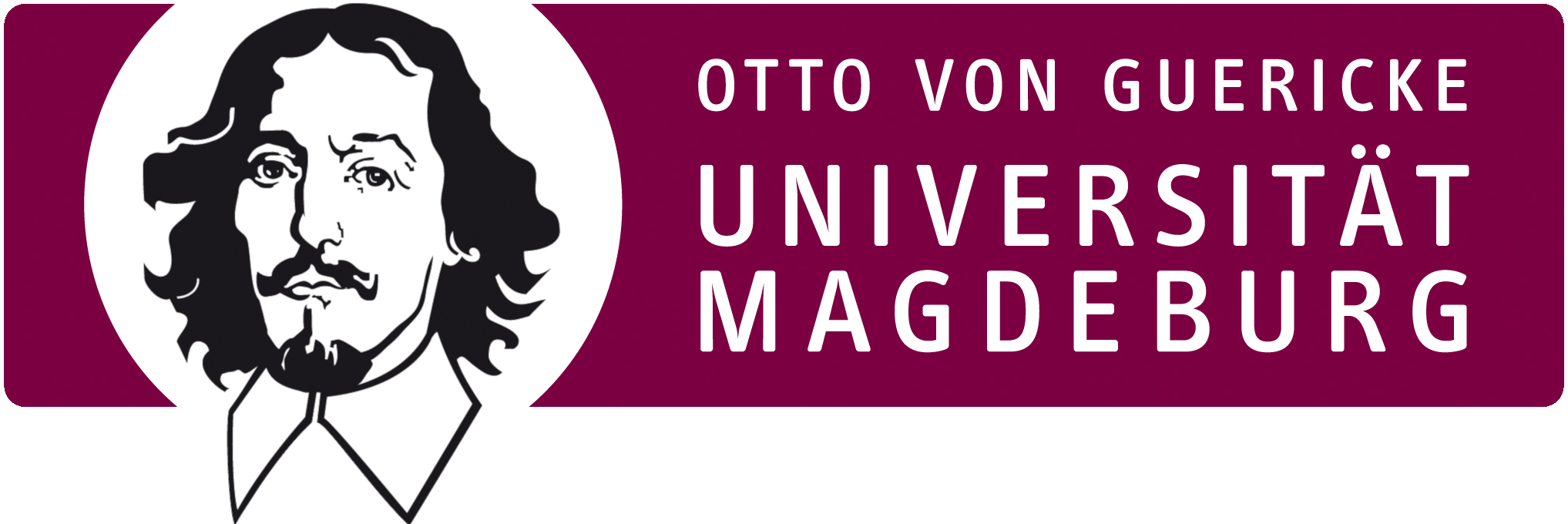Open Science OVGU
Repository for Research Data and Publications of OVGU
You can find out how to publish data on the pages of the University Library.
Communities in DSpace
Select a community to browse its collections.
Recent Submissions
Fluid fibers in ferroelectric liquids
(Otto-von-Guericke Universität Magdeburg, 2024) Eremin, Alexey
Supplementary data for the publication "Fluid fibers in true 3D ferroelectric liquids” in PNAS
Information Hiding in Cyber-Physical Systems - Covert Channel Dataset
(Otto-von-Guericke-Universität Magdeburg, 2023) Lamshöft, Kevin
This repository contains datasets, relevant documentation and code snippets for Covert Channels and other methods of Information Hiding in Cyber-Physical Systems with a focus of Industrial Control Systems.
This repository is the basis for the PhD thesis titled "Information Hiding in Cyber-Physical Systems." The datasets provided here are meant to facilitate transparency, reproducibility, and further exploration of the research findings.
Supplementary data to: Simultaneous Flow Measurement and Deformation Tracking for Passive Flow Control Experiments Involving Fluid-Structure Interactions
(Otto-von-Guericke-Universität Magdeburg, 2022) Wolf Iring, Kösters; Stefan, Hoerner
This dataset encompasses original scripts utilized in the
masking process of an adaptable hydrofoil as well as generating
synthetic data, used for probing the sensitivity of key parameters under a
variety of experimental conditions. The dataset further includes a
small subset of 100 sample images, to aid in verifying the efficacy and
accuracy of the algorithm. The data was collected in 2017 by
Dr. Stefan Hoerner at the Laboratory of Geophysical and
Industrial Flows (LEGI), University Grenoble-Alpes.
On the influence of head motion on the swimming kinematics of robotic fish
(2022) Abbaszadeh, Shokoofeh; Kiiski, Yanneck; Leidhold, Roberto; Hoerner, Stefan;
Up to now bio-inspired fish-mimicking robots fail when competing with the swimming performance of real fish. While tail motion has been studied extensively, the influence of the head motion is still not fully understood and its active control is challenging.
In this experimental study, we show that head yawing strongly impacts on the propulsion force and determines the optimal fin actuation amplitude and tail beat frequency when aiming for a maximal propulsion force. In a parametric experimental study on a tethered 367 mm long fish robot the pivot point location of the head yaw has been varied along with tail beat frequency and actuation amplitude. The experiments took place in a still water tank and the swimming force has been measured with a single axis load cell. The robot is actuated with non-conventional area actuators based on micro fiber composites. 105 parameter sets have been investigated while the highest pivot point distance of roughly 0.36 body length from the nose tip provided the highest propulsion force of 500~mN with the lowest actuation frequency of 2.5 Hz and the highest head motion amplitude of a magnitude of 0.18 body length. Even though the pivot point location on a free swimming robot is a consequence of the complex fluid-structure interactions of fish and fluid, the results provide valuable information for the design of fish mimicking robots and questions the paradigm that head yaw is a simple recoil effect from tail motion and has to be minimized for an effective propulsion.
Learning Analytics Data from Collaborative SQL Exercises using the SQLValidator
(Otto-von-Guericke-Universität Magdeburg, 2023) Broneske, David; Obionwu, Victor; Berndt, Sarah; Hawlitschek, Anja
This data set is part of the DiP-iT project (http://www.dip-it.ovgu.de), which tests and evaluates different didactic concepts to improve collaborative learning of programming languages. This data set resembles student data of 83 students recorded at the university of Magdeburg in the Summer Semester 2021 (2022), where the SQLValidator is used in the weekly exercises to practice SQL. It consists of student questionnaire answers, submissions of students’ task solutions (and trials of their solution), as well as their chat and submissions of their semester’s team project. The questionnaire contains items on socio-demographic characteristics (e.g. gender, age), on factors relevant to the course (e.g. subject semester, degree program), on attitudes and attitudes towards the course (e.g. self-efficacy expectations, interest) and on teamwork (e.g. experience, relevance, openness towards teamwork). The students' previous knowledge is also surveyed subjectively (e.g. previous knowledge of programming, previous knowledge of SQL) and objectively (knowledge test in the area of teamwork).
In the task solutions, students test their SQL queries in the SQLValidator for the weekly exercises in a trial-and-error fashion. The aim was to analyze how students learn from the shown error messages and what problem-solving skills they employ. In the semester’s team project, a group of students is working on the tasks, chat about the tasks and submit their solutions. The aim of this part was to analyze collaboration behavior between students and factors for a successful collaboration.
